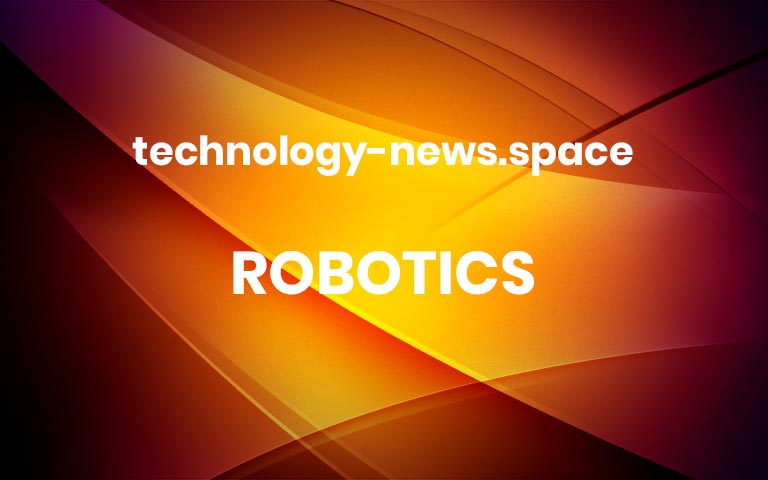Drone acquisition paves way for UAV delivery at scale
DroneUp
A new acquisition in the drone services sector may be instrumental in moving the commercial and recreational drone industries significantly toward broader adoption. DroneUp, a delivery drone provider, is acquiring AirMap, which makes the most comprehensive airspace management software solution in the world.The news is important as drone operations will soon hit tens of thousands of flights per day, which is beyond human scale air traffic control operations. As airspace becomes more congested, autonomous drones need to be navigated separately, safely, and at broad scale to deconflict with one another and with manned aviation. DroneUp, which focuses on drone delivery services, is particularly interested in offering streamlined air traffic control for its delivery partners and to aid regulators in adopting drone delivery infrastructure. The aim for DroneUp and others in the space is to provide ability for companies to employ drones to deliver goods, medicines, and medications beyond line of sight, over people and at night, and do so safely. “We’ve integrated with the best aerospace teams to bring drone delivery and flight services to market faster and more economically with our patented flight management software, and now the industry’s number one UTM solution,” explains DroneUp CEO Tom Walker. “We believe DroneUp has a moral obligation to continue investment in and expansion of the AirMap platform. We will ensure this resource remains openly available to the drone industry, municipalities, and the FAA.”DroneUp recently entered into a partnership with Walmart to offer drone delivery to consumers from a growing network of drone airports, called DroneUp “Hubs.” It’s easy to imagine how integration of a comprehensive air management system into the offering helps DroneUp consolidate its position as an end-to-end service provider, particularly amid the drone sector’s evolving compliance and regulatory landscape. AirMap has been out front working with the FAA on adoption of its platform for years.”Not only is AirMap a UTM company, they are also a global leader in digital automated air traffic management (ATM) with a best-in-class market share, geographic footprint, and seamless platform technology that supports stakeholders across several ecosystems,” says John Vernon, DroneUp’s CTO and representative to the FAA’s Beyond Visual Line of Sight (BVLOS) Aviation Rulemaking Committee (ARC). “Transformative advances in technology are driving positive change for society, fueling decarbonization, de-congestion, and the democratization of transportation. UTM is a key enabler to high-density drone and urban air mobility (UAM) operations while unlocking autonomy and flight safety at scale. We look forward to continuing positive innovation.”The acquisition is being closely watched in the industry — both of these companies are sector and the consolidation marks an important milestone in the commercial drone landscape. DroneUp operates commercially throughout the U.S. and is an authorized government drone services provider for 13 states serving public sector organizations. It has more than 190 active waivers and authorizations with the FAA. AirMap is one of three UTM providers currently deployed internationally and provides UTM in Switzerland with a geographic footprint and customer base stretching from North America to Europe, Southeast Asia, and Australia. More


